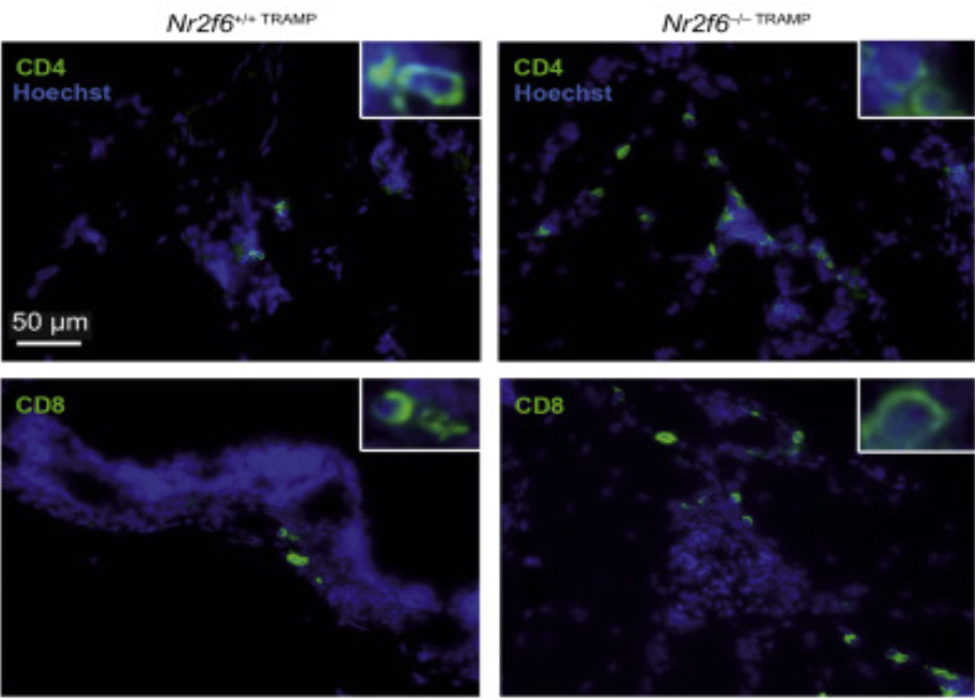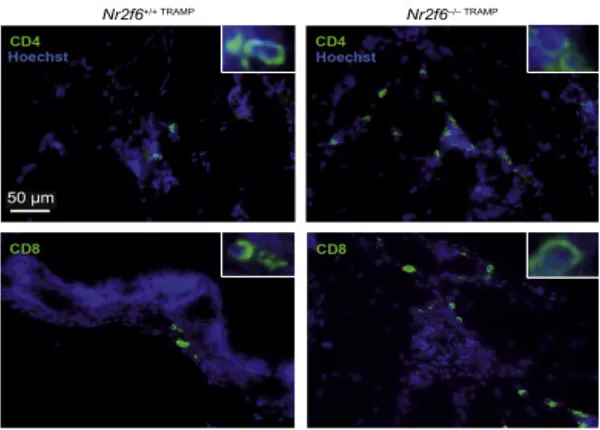Nuclear receptors
Nuclear receptors
ChemDiv offers high throughput screening (HTS) service
Nuclear receptors research platform
-
Protein assays for all major nuclear receptor family available
-
ELISA and DualGlo HTS platforms.
-
4 nuclear receptor-focused libraries: RORγ Library, RAR (Nuclear receptors) Ligands Library, Inhibitors of beta-Catenin Signaling, Glucocorticoid receptors Library; 31K compounds in total
-
Our support in compound selection based on your research project
-
Screening from 10000 compound sets up to 300000 and more
-
A quick start of your research project
-
25 years of experience
More details on prices, time, or research specificity - please contact chemdiv@chemdiv.com
Because nuclear receptors react to a range of important ligands, like steroid hormones, mutations or changes in expression in them are linked to a broad swath of diseases: NR2F6 is responsible for modulating tumor immunity, with NR2F6 double-negative mice showing better immune responses towards cancer; making NR2F6 a promising target for new drugs. Another example is the androgen receptor AR, with a range of existing blockers like apalutamide used in prostate cancer treatment. It should be taken into account, however, that not all targets are for cancer: Eprotirome, a TR beta thyromimetic, got to the third stage of clinical trials for hypercholesterolaemia treatment, after failing to move further due to toxicity.

Figure 1. Stained tumors of double positive and double negative mice, CD4/8 colored green, while Hoechst nuclear is blue, from ‘The Nuclear Orphan Receptor NR2F6 Is a Central Checkpoint for Cancer Immune Surveillance’ by Kleiter et al.
ChemDiv offers DualGlo and ELISA assays for nuclear receptor research. DualGlo is characterized by:
● Luciferase, a reporter molecule, is linked to transcription regulation
● The measurable increase in luminescence makes it visible
● Using a control molecule allows for a baseline response
● With a comparison to baseline, a decrease in reporter response is much easier to decipher – no ambiguity in whether the reason is experiment-specific
In turn, ELISA can be summarized in four core points:
● Antigen is added to the bottom of the wells
● Antibodies for that antigen bind to it
● Reporter enzyme-bearing antibodies bind to the antigen-bound antibodies
● Enzyme substrate allows for measurable color generation
Due to the multitude of processes and diseases they are involved in, from cancer to metabolism, nuclear receptors are promising as drug targets, with HTS assays, like the high-quality ones available from ChemDiv, being an integral part of drug development.
